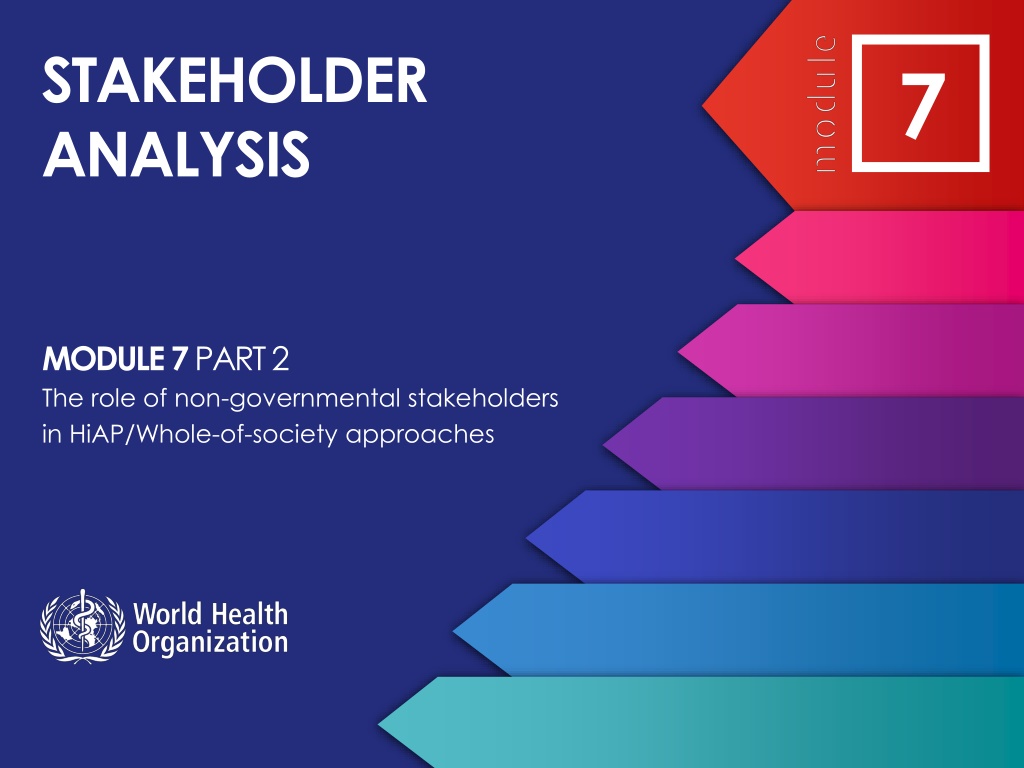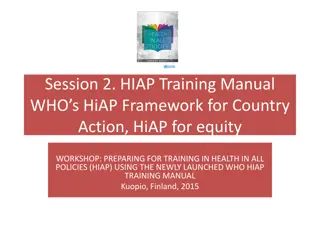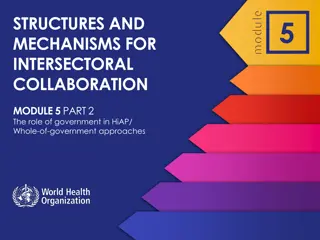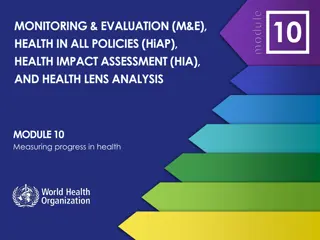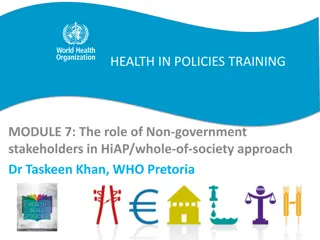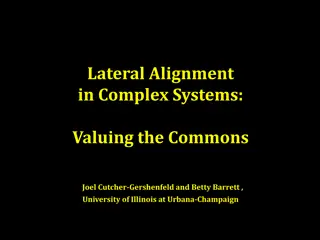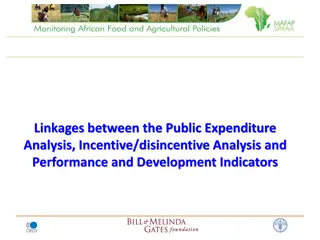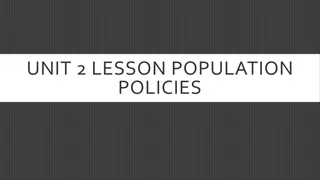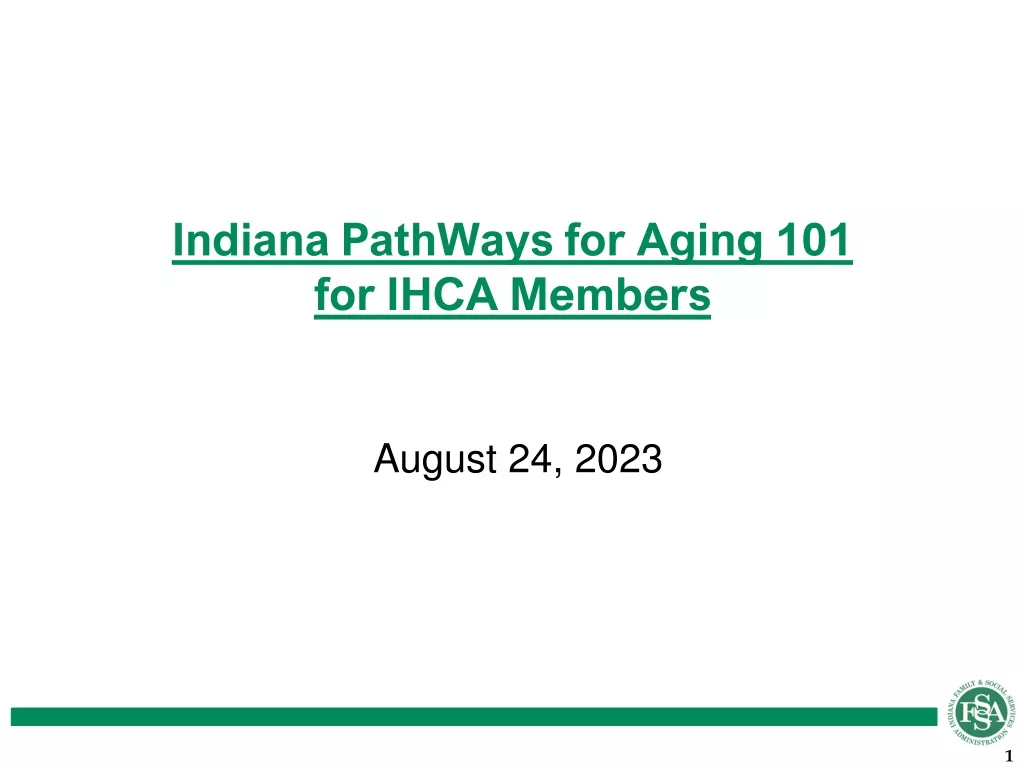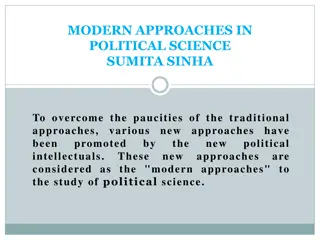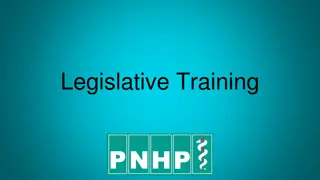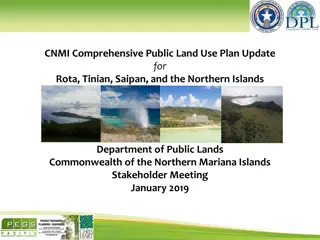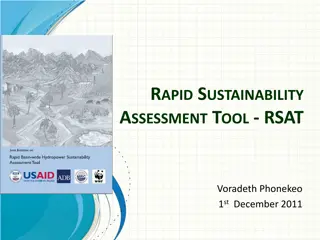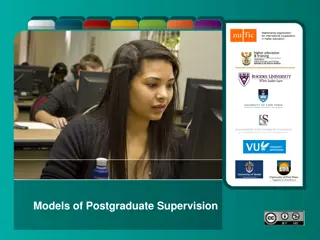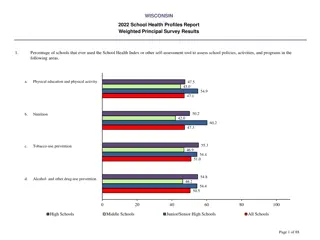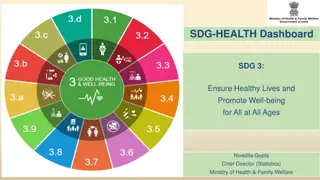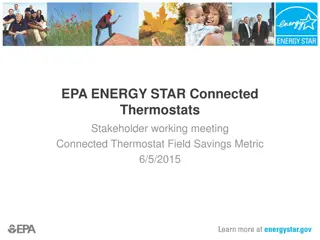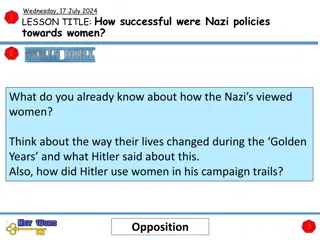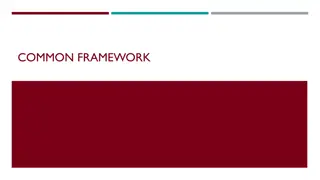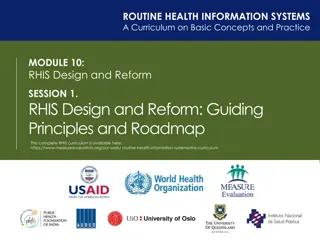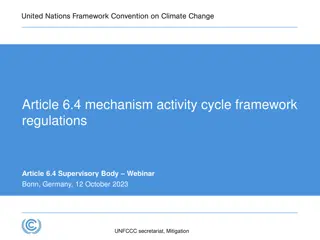Understanding Stakeholder Analysis in Health in All Policies (HiAP) Approaches
Stakeholder analysis in HiAP involves systematically gathering information to categorize stakeholders' importance, anticipate their influence, and develop strategies for involving them in policy implementation. Learn the purpose, process, and benefits of conducting a stakeholder analysis in this module.
Download Presentation

Please find below an Image/Link to download the presentation.
The content on the website is provided AS IS for your information and personal use only. It may not be sold, licensed, or shared on other websites without obtaining consent from the author. Download presentation by click this link. If you encounter any issues during the download, it is possible that the publisher has removed the file from their server.
E N D
Presentation Transcript
STAKEHOLDER ANALYSIS 7 MODULE 7 PART 2 The role of non-governmental stakeholders in HiAP/Whole-of-society approaches
LEARNING OBJECTIVES 7 Understand the purpose of a stakeholder analysis 1
WHAT IS A STAKEHOLDER ANALYSIS? 7 A stakeholder analysis is a process of systematically gathering and assessing qualitative information about stakeholders to categorize their relative importance as actors and develop strategies on how to involve them in the development and/or implementation of a HiAP policy or programme.
WHY CONDUCT A STAKEHOLDER ANALYSIS? 7 USE STAKEHOLDER ANALYSIS TO: Identify people, groups, and institutions that will influence your HiAP policy or programme (either positively or negatively). Anticipate the kind of influence, positive or negative, these groups will have on the policy process. Develop strategies to get the most effective support possible for your HiAP policy or programme and reduce any obstacles to successful implementation.
IDENTIFYING AND CATEGORIZING STAKEHOLDERS STAKEHOLDER MAPPING 7 STAKEHOLDER CATEGORIES MATRIX High Stakeholder 3 Stakeholder 4 Type: Influencers Strategy: Keep satisfied Type: Key players Strategy: Manage closely Influence/ power Stakeholder 1 Stakeholder 2 Type: Crowd Strategy: Monitor (minimum effort) Type: Observers Strategy: Keep Informed Low Low Interest/stake in issue High Source: with authors modification based on CommGap (2009) Multi-Stakeholder Dialogue. World Bank.
7 GROUP ACTIVITY Conclude with a group activity based on developing a stakeholder analysis (refer to HiAP Training Manual Module 7).
End of Module 7 Part 2 Please continue to Module 8
